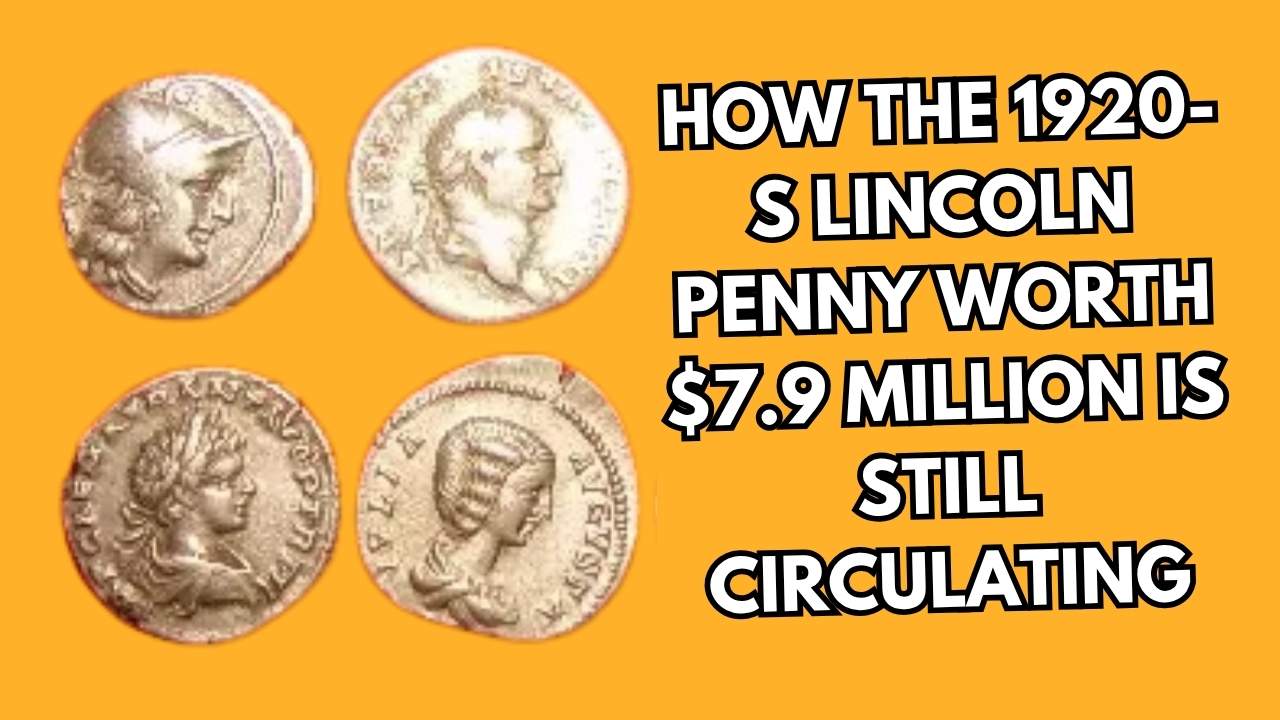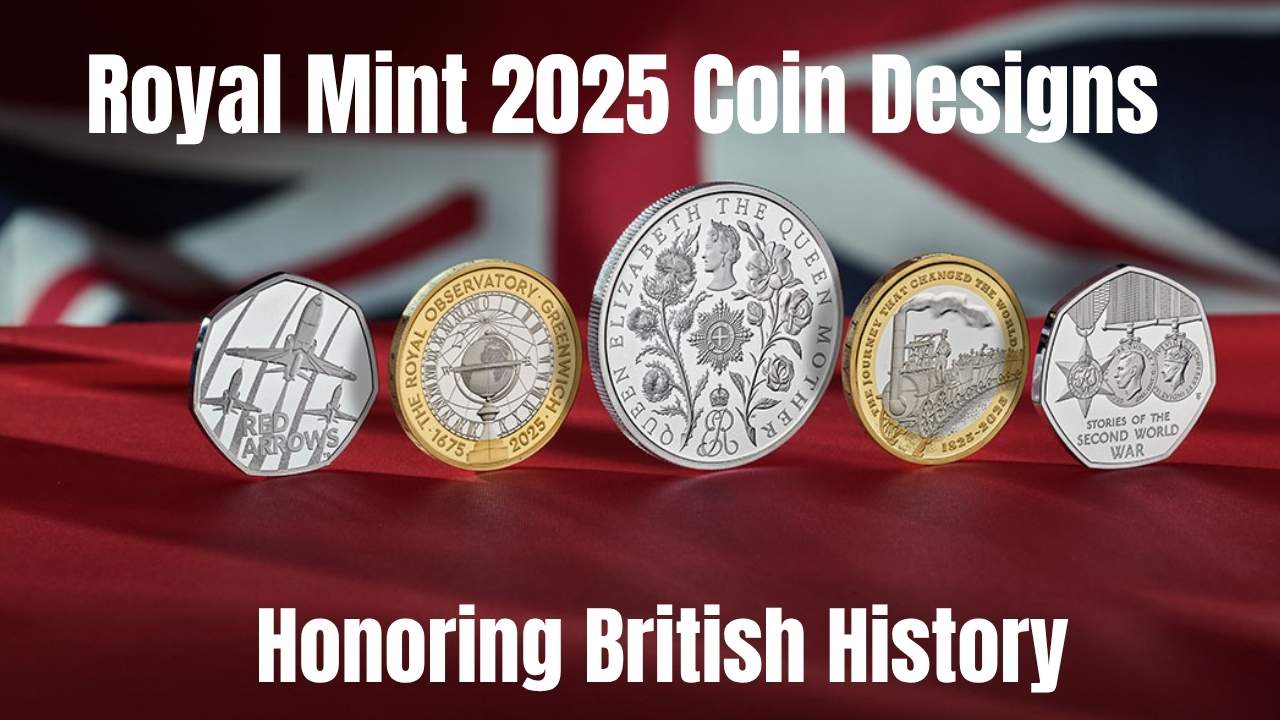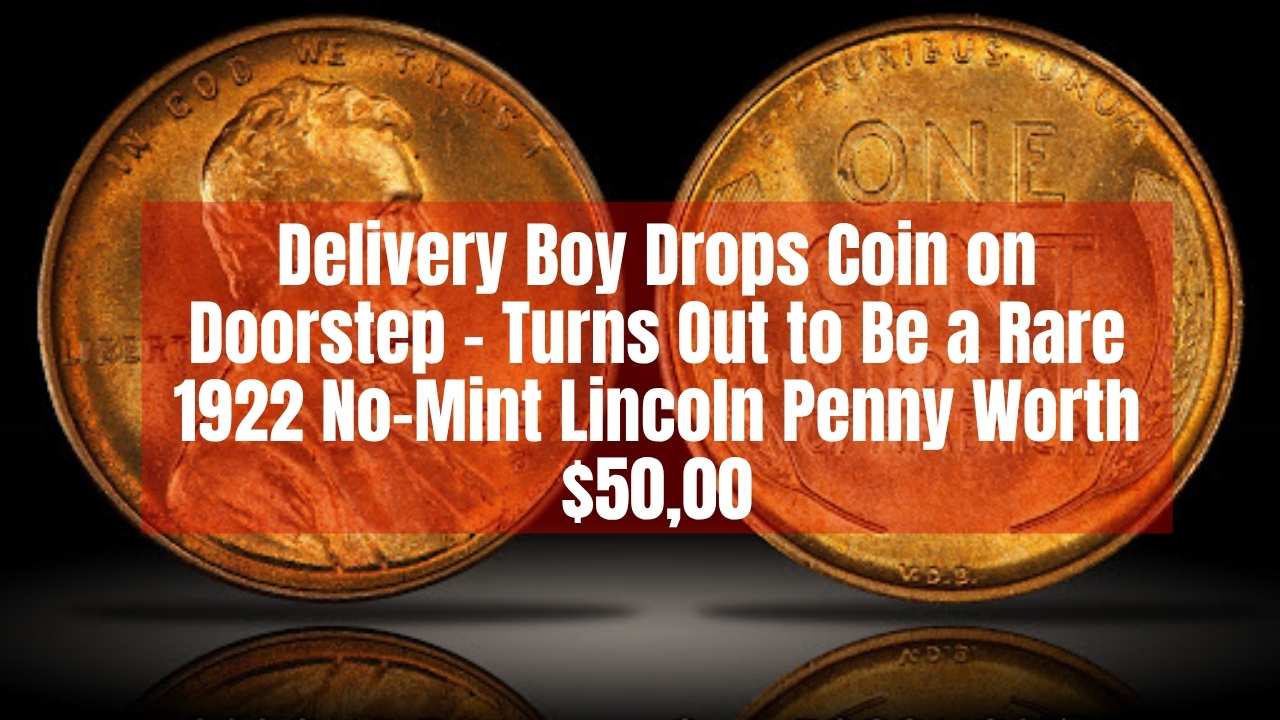The idea that a single penny could be worth millions might sound too good to be true, but in the world of coin collecting, it’s a possibility collectors take seriously. One coin in particular—the 1920-S Lincoln Penny—has stirred interest due to rumors that it could be worth as much as $7.9 million. Although there are no confirmed sales at that price, the mystery and buzz around this coin continue to excite numismatists and everyday enthusiasts alike.
In this article, we take a closer look at the 1920-S Lincoln Penny, its historical background, why it’s potentially so valuable, and how one could still be circulating in everyday change. Whether you’re a seasoned collector or someone just getting curious about coins, this story will inspire you to look more closely at the spare change in your pocket.
1920-S Lincoln Penny: What Makes It So Special?
The 1920-S Lincoln Penny is not just another coin from the past. It stands out due to a combination of factors that fuel its high value and mystique. Minted in San Francisco, it’s rare, historic, and possibly includes errors that significantly boost its worth. While the $7.9 million figure hasn’t been officially documented, similar rare Lincoln Wheat Pennies have fetched hundreds of thousands—and even millions—at auction. That’s why this coin remains a hot topic in collector circles.
Overview Table
| Detail | Information |
| Coin Name | 1920-S Lincoln Wheat Penny |
| Mint | San Francisco (“S” mint mark) |
| Estimated Value | Up to $7.9 million (unverified) |
| Composition | Primarily copper |
| Distinguishing Features | Potential minting errors, rare date and mint combo |
| Historical Context | Post-WWI minting during economic recovery |
| Circulation Possibility | Still potentially in circulation or hidden in collections |
| Collector Interest | High due to rarity, condition, and historical value |
The Mystery of the $7.9 Million Penny
The Lincoln Wheat Penny was first introduced in 1909 to honor President Abraham Lincoln’s 100th birthday. Designed by Victor D. Brenner, the coin’s reverse featured two stalks of wheat, symbolizing the country’s agricultural heritage. The 1920-S edition followed this same design but came out during a time of post-war economic uncertainty.
Although no authenticated sale of a 1920-S Lincoln Penny for $7.9 million exists, several rare Lincoln pennies with minting flaws or in exceptional condition have sold for astronomical prices. It’s the coin’s potential rarity and the stories circulating among collectors that keep its legend alive.
Rare Lincoln Wheat Pennies That Command Top Dollar
To understand the buzz around the 1920-S Lincoln Penny, it helps to look at other Lincoln Wheat Pennies that have fetched high prices:
- 1909-S VDB Penny: With very limited production and the designer’s initials (“VDB”) removed early, this coin can sell for thousands.
- 1943 Copper Penny: Most 1943 pennies were steel due to wartime metal shortages, but a few were mistakenly made in copper. These have sold for over $200,000.
- 1955 Double Die Penny: Known for its misaligned image on the obverse, this error coin has reached values over $10,000.
These examples show that even a small copper penny can hold immense value under the right conditions.
Why Would a Penny Be Worth Millions?
Several factors drive up the value of rare coins. For the 1920-S Lincoln Penny, here’s what adds to its potential worth:
1. Minting Errors
Coins with mistakes—like doubled designs, off-center strikes, or misused metal—are in high demand. They’re unusual and often unintentional, making them rare and collectible.
2. Rarity
Not all coins are minted in equal numbers. The fewer examples of a coin available, the more valuable it becomes—especially if collectors are competing to own one.
3. Historical Significance
Coins from important time periods, such as wars or major economic shifts, are more sought after. The 1920-S came just after WWI, during a time of financial transition.
4. Condition
Coins in pristine condition—free from scratches, rust, or discoloration—fetch far higher prices. Collectors will pay a premium for coins that have stood the test of time.
Could It Still Be in Circulation?
One of the most fascinating parts of this story is the possibility that a 1920-S Lincoln Penny worth millions could still be out there—hiding in a change jar, a desk drawer, or even being used in day-to-day transactions.
Because the coin closely resembles other pennies from that era, it can easily go unnoticed by someone who isn’t familiar with its value. And since many rare coins have turned up in surprising places, it’s not impossible that this particular penny could still be in someone’s pocket change right now.
How to Identify a Rare Lincoln Penny
If you want to check your coins for hidden value, here’s what to look for:
1. Look at the Date
Check if the coin says 1920. If it does, move to the next step.
2. Check the Mint Mark
Look beneath the word “Liberty” on the obverse side. An “S” mint mark means it was minted in San Francisco—an important detail for identifying a 1920-S.
3. Use a Magnet
Steel pennies will stick to a magnet, but copper ones won’t. The 1920-S should be copper, so if it sticks, it’s likely from a different year.
4. Get a Professional Appraisal
If your coin seems promising, have it evaluated by a certified numismatist or grading company like PCGS or NGC. They can confirm whether it’s a true rarity and help you understand its value.
The Hunt for Hidden Treasures
Coin collecting is more than a hobby—it’s a treasure hunt. While finding a 1920-S Lincoln Penny worth $7.9 million may be a long shot, collectors regularly uncover valuable coins in everyday places.
Start small: go through your spare change, ask family members about old coin jars, or visit local yard sales. Sometimes, the most valuable coins are found where you’d least expect.
Even if you don’t find the million-dollar penny, the journey is fun, educational, and potentially rewarding in its own right.
FAQs
What makes a 1920-S Lincoln Wheat Penny valuable?
Its value comes from rarity, condition, minting errors, and historical importance—especially being minted in San Francisco.
How can I tell if my Lincoln penny is a rare 1920-S?
Check for the date 1920 and an “S” mint mark below “Liberty” on the obverse side.
What types of minting errors make pennies more valuable?
Errors like double dies, off-center strikes, or the wrong metal composition can significantly boost a coin’s value.
Could a 1920-S Lincoln penny still be in circulation?
Yes, it’s possible. Many valuable coins have been overlooked in everyday use or forgotten collections.
Should I get my rare penny professionally appraised?
Absolutely. An expert can confirm its authenticity and provide an accurate valuation.















